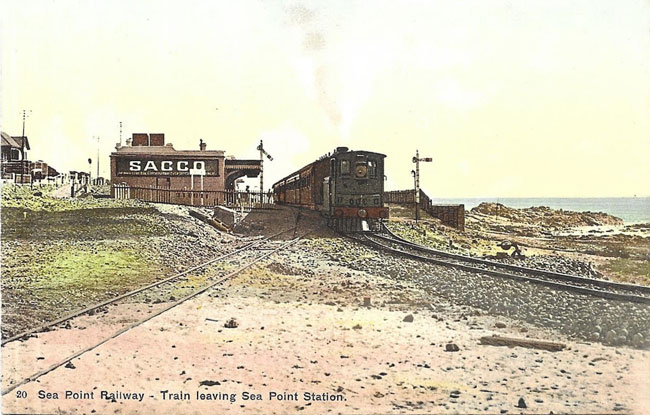The heavily populated and bustling suburb of Sea Point in Cape Town was not always the trendy area that it is today. Between 1836 and 1901, the population of Cape Town grew from 20,000 to 171,000 people.
Sea Point was greatly influenced by Victorian England, and seaside bathing became popular in 1800. The area was established as a seaside vacation resort in 1880 with a number of bathing, seaside pools and tidal pools popping up around the suburb.
The Sea Point pool in 1914.
Over the years, the facility grew to incorporate a number of pools, and in 2025 it is still a popular venue.
The area received its name in 1776 when an encampment of men settled in the area to escape the smallpox epidemic that gripped Cape Town at the time. The camp was established by Sam Wallis, a commander under Captain Cook. From here it grew into a residential suburb in the 1800’s, eventually merging with Green Point municipality in 1839.
In 1862 the Sea Point tramline was established and in 1875 the total population for both Sea Point and Green Point reached 1 425. In 1904, it reached 8 839.

The first line connecting Sea Point and Cape Town was built in 1892. Two Pacific Type steam locomotives called Sea Point and Greenpoint were put into service on this line in 1896, making Sea Point Cape Town's first commuter suburb. They didn't last long as they used to derail regularly, and they were withdrawn from service by 1898. The line was resuscitated in 1905 and was electrified by 1927, but went bust again in 1929 as competition with a tram line heated up. One of the long term positive consequences of this endeavour was that the land belonging to the railway was never developed, leaving space for the Promenade's wide green lawns and wide walkway, which are ahead of you.